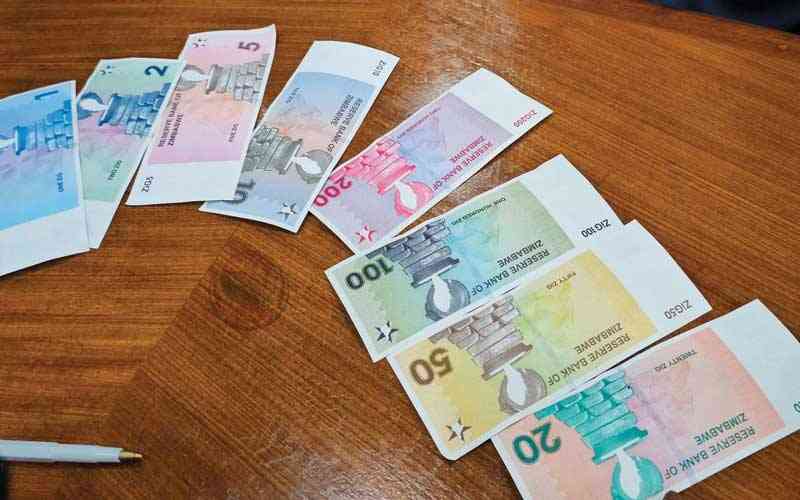
APOLOGIES for last week’s impromptu “disappearance” of the travelling and touring column as Yours Truly was that time around part of the Covid-19 statistics whose impact has completely transformed the world.
Burzil Dube
Since the onset of Covid-19, Yours Truly has been on a crusade of trying to encourage all and sundry to be vaccinated against this pandemic whose global ripple effects do not need any form of introduction.
However, watch out for the forthcoming Yours Truly’s comprehensive personal experience on how he managed to dribble Covid-19 using both modern and traditional remedies.
Meanwhile, we continue with Isaac Mumpande’s Tonga research findings whose document is a must for most Kasamabezi students as well as other related academics.
In this abridged version, an analysis is made on the non-standardisation of this language as there are various versions being currently peddled.
And here we go.
Communities are naturally diverse as they comprise a wide range of stakeholders with varying individual language preferences and competing interests.
- Chamisa under fire over US$120K donation
- Mavhunga puts DeMbare into Chibuku quarterfinals
- Pension funds bet on Cabora Bassa oilfields
- Councils defy govt fire tender directive
Keep Reading
The same applies to the Tonga language which of late has been the most topical issue from this country’s provincial divide.
Similarly, members of “endangered speech” communities differ in levels of education and poverty, political affiliation, age, gender and religious inclination, among other variables, hence their varying language preferences and choices.
The varying and competing interests affect as well as influence community members’ understanding and perception of language renaissance programmes.
Various scholars and researchers recently demonstrated the diversity of the Tonga community as a whole with varying attitudes towards the whole exercise.
This behaviour of the Tonga community mirrors conflicting schools of thought on language revitalisationwhich has somehow in the past few years been in a latent position.
Research data indicated that three categories of people emerged within the Tonga community during this language regeneration process namely: the proponents, pessimists, and the opponents.
The proponents of the whole exercise comprised most of the community leaders as well as Tonga Language and Culture Committee (TOLACCO) members.
There is also the majority of ordinary people who yearned to see their language and culture revitalised at whatever cost. Fortunately, it appears that most of the Tonga people belonged to this category.
However, the pessimists supported the Tonga revitalisation initiative to some extent, although they lacked confidence on success of the language resuscitation initiative.
It was important for TOLACCO to acknowledge the existence of these disparities and dynamics within the Tonga community so as to appreciate how they were structured for functionality purposes.
It also helped them to design and adopt the most appropriate strategies to accommodate diverse and competing community Kasamabezi interests.
These different and competing interests for proponents, pessimists and opponents did significantly influence community members’ language choices and preferences.
Despite such diverse categories and competing interests within the Tonga community, it appears TOLACCO recently managed to juggle with these differences and successfully stirred reinvigoration programme to success.
The non-standardisation of the Tonga language emerged as one of the critical challenges that nearly divided the Tonga community along dialects lines.
Five dialects (topolects) of Zimbabwean Tonga have in the past been proposed, that is Chinamoola, Chiwe, Chinamweemba, Chinamalundu and Chidombe. However, some of debate continues to rage as none has been agreed upon as standard Zimbabwean Tonga.
It appears that the Tonga language strengthening was, by default, based on the Chinamweemba dialect. According to TOLACCO this was because the textbook editors spoke Chinamweemba. Other Tonga dialects speakers, especially Chiwe speakers, resisted use of Chinamweemba. This created much discontent among speakers of other dialects.
The magnitude of this discontent was revealed by one of Chiwe speakers’ six-page letter, dated July 19 2009, submitted to the District Administrator and local Education office, appealing for consensus on some dialects.
The six-page letter nearly posed catastrophic divisions not only among the writers, but also within entire Tonga community based on dialectical differences.
However, swift intervention by traditional chiefs saved the situation from degenerating into chaos.
The traditional chiefs unanimously ordered disgruntled writers to either support the textbooks initiative or move out of the Tonga communities as they could have been deemed division agents.
Despite the timely intervention of traditional chiefs who temporarily mediated on the challenge, what remains unresolved is a genuine need to standardise Tonga language in Zimbabwe.
A stitch in time saves nine.
Mumpande finally argues that if a language has more than one dialect, communities are usually at loggerheads on coming out with common semantics that could be accommodative to all and sundry.
Interesting indeed.
Till we meet again in the next column.
- Comments always welcome on: [email protected] or Twitter@DubeBurzil











